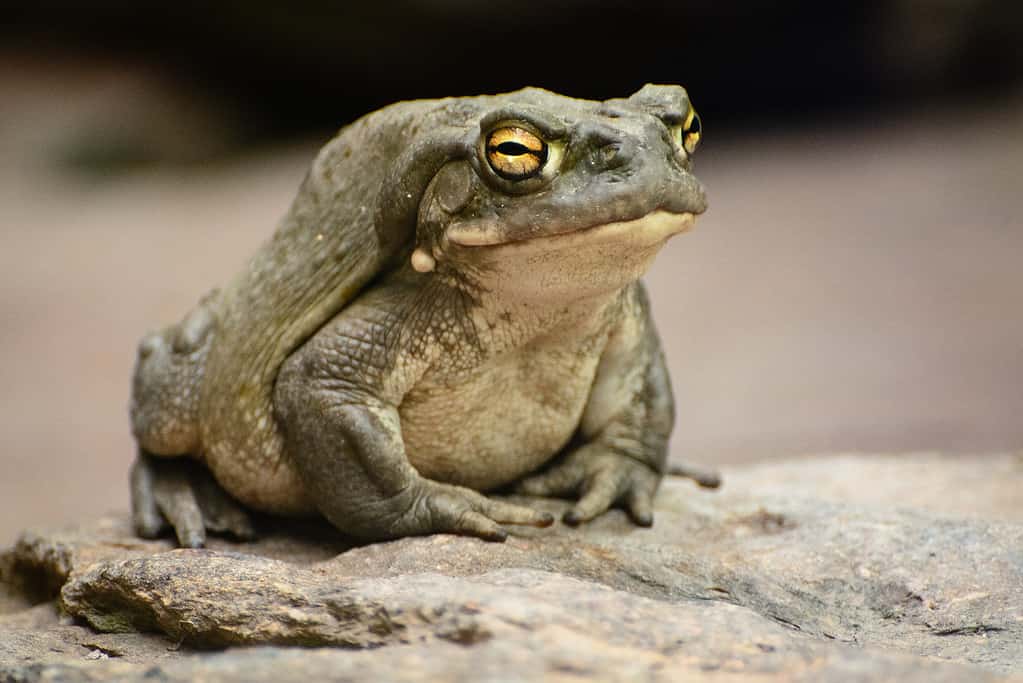Animal trafficking is a major environmental problem across the world. It’s always hard to quantify and monitor but increasingly, it’s not happening in real markets, but online. A team of researchers from the University of Adelaide set out to see how species are trafficked online, on the dark web. Here’s what they found.

The dark web is, as the name implies, hidden. It’s a part of the internet that is intentionally inaccessible from search engines and regular browsers. To access it, you need specific software, configurations, or in some cases, special access. Not everything on the dark web is illegal or ill-intended — but a lot of it is. Whether it’s buying and selling drugs, weapons, counterfeit goods, stolen data, or any other number of illicit services — it’s happening on the dark web.
It’s also where you’d most likely look for trafficked species. Phill Cassey from the Invasion Science and Wildlife Ecology Lab at the University of Adelaide’s Environment Institute led a team that scoured more than 50 dark web marketplaces. They found 153 species being traded.
Remarkably, it wasn’t animals that were most traded.
“While we did find small numbers of animals traded, the vast majority of advertisements were for plants and fungi,” Cassey said. “Most plants were advertised for their use as drugs, often as psychedelics, but some for their purported medicinal properties.
However, some animals were also traded for drugs, Cassey adds. But the main finding is that wildlife on the dark web was traded mostly for consumption, not for keeping as wild pets.
“Fungi and animals were also traded for use as drugs, including the infamous Colorado River toad, which is known for its ability to exude toxins from glands within its skin that have psychoactive properties. While wildlife is being commonly traded on the dark web, it is mostly for use as drugs and medicine, and not for other related trafficking crimes – for example, live exotic pets.
“This is important for understanding threats to biodiversity (unsustainable harvesting of wildlife) and biosecurity (illegal transport of pests, weeds and diseases) across international borders.”
But this is just on the dark web. Previous research from Cassey’s team suggests that even more wildlife is traded on the regular web, whether it’s common marketplaces or private forums, or messaging apps. This means that if you want to tackle online wildlife trading, that’s what you should prioritize, not the dark web.
While wildlife trade is rampant on other layers of the Internet — particularly on e-commerce and social media sites — trade on the dark web may still increase if these popular platforms are rendered less accessible to traders (e.g., via an increase in enforcement). We recommend focusing on surveillance of e-commerce and social media sites, but we encourage continued monitoring of the dark web periodically to evaluate potential shifts in wildlife trade across this more occluded layer of the Internet,” the researchers write.
Wildlife smuggling is estimated at $7.8 bn to $10 bn a year, according to the U.S. State Department. It’s estimated that up to 40,000 monkeys are killed and eventually consumed each year in Africa alone. Many primates are killed by bushmeat hunters, who supply to markets all over Africa, Europe, and the United States. Traditional Chinese medicine is an even bigger issue. These alternative medicines are taken by hundreds of millions of people, and many such products are said to be made with trafficked species. Granted, many of these are counterfeit, but still, traditional Chinese medicine includes 1,000 plant and 36 animal species, including endangered wildlife such as the tiger, rhinoceros, black bear, musk deer, and seahorse.
With countless species being threatened by habitat destruction and climate change, wildlife trafficking could be what pushes endangered creatures over the brink. In addition, wildlife trafficking (particularly of animals) can also be responsible for spreading infectious diseases to humans. So stopping or reducing wildlife trafficking would be a win-win, both for animals and ourselves.









